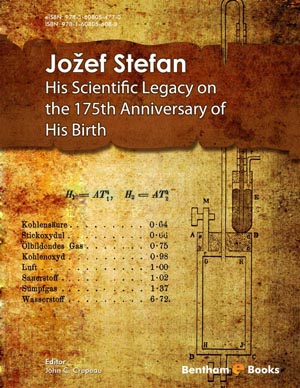Abstract
As a prominent example of the symbiotic relationship between cinema and
architecture, Wes Anderson's Grand Budapest Hotel (2014) is a typical example of his
unique narrative approach and has been the subject of many discussions in different
disciplines and platforms. There are many lessons to learn as architects and students of
architecture, such as the use of color in design, balance in spatial settings, perception of
space in movies, and an introductory approach to architectural history. Beyond the
basic design principles, the uniqueness it carries comes from Anderson's distinctive
approach to storytelling and cinematography that shapes the multilayered atmosphere
supported by cinematic tools such as narrative architecture, camera techniques, and set
design. By analyzing the continuous changes in the atmosphere; and the contrasts in the
spatial and atmospheric properties of the movie with its events, characters, and
feelings, this paper aims to explore the intricate relationship between the atmosphere,
emotional tonality, and architecture that enrich the narrative and cinematic experience.
The Grand Budapest Hotel demonstrates to architects how space, people, and incidents
are tuned by an atmosphere and its emotional tonality. It allows for an exploration of
the intricate relationship between the atmosphere, emotional tonality, and architecture
to enrich the narrative. The analysis shows that the movie's contrast, superimposed, and
hypocritical spaces are an essential part of the unexpected and unusual multilayered
atmosphere in The Grand Budapest Hotel. In that sense, the hypocrisy associated with
this movie is artificial since they are director Wes Anderson's intentional creations.









